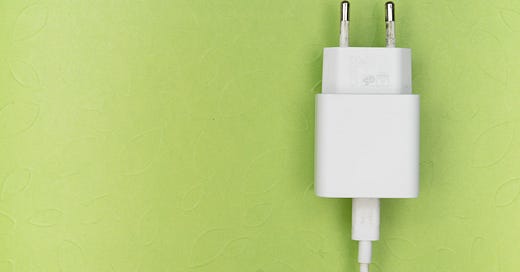You know the image of the 1940s starlet — the one with the silk robes with that tuft of faux fur or fringe along the edges of the hem? In my mind’s eye, the leading lady would sort of prance around, with long flowing hemlines and perfectly coifed hair, and find herself lounging on a chaise lounge mid-story. (This is brought to you by my quirky black-and-white VHS movie watching of all things “musical” in my childhood). But back to the lounging startlet — there must’ve been the sense that celebrity took work. And work then meant rest was required — even if one was too glamorous to take an actual nap. Even celebrity hits a limit; we all have very human limits.
This brings me to these softer forms of power and influence I’ve been writing about recently here. I was just speaking with an editor friend for an article he’s writing on celebrity and platforms. I told him: with all of the celebrity downfalls of pastors and leaders we’ve seen in increasing numbers these days, I wonder why it is that we haven’t had more discussions on softer forms of power — on influence.
I wrote a few weeks ago:
Institutional power is dismantled while softer forms of power, the social media influencer, thrive….Influencer culture ultimately feeds the therapeutic machine.
So it seems odd to me that: 1. we’ve neglected to interrogate the arena of “influence” in the same ways that we interrogate institutional failings; 2. that we, by and large, tend to imagine ourselves limitless and able to consume large amounts of media without noticing that that same media is forming us.
We acquiesce to softer forms of power — influence — and choose to foreground our emotional responses (like we now feel connected and a part of things), while we use those same forms (primarily social media) to point our fingers at the failure of larger institutions. We somehow think that because social media feels democratic that it doesn’t exert the same power over us as something like a church denomination, a printed publication, or rotary club. So we open wide the gates and let it all in.
While I understand that social media may be the equivalent of the Newsies going on strike to stick to the man (another blast from the 90s, but I digress) we must not believe that it is neutral. It’s not. (And I might add that even the Newsies need institutional authority in the person of the governor to effect real change).
Consider this:
Your social media feed is determined by an algorithm. This means that you do not see all content but what will keep your eyes glued to the screen longest. That means feeding you with either more extreme versions of things or repeating the same things you already agree with.
When you engage in social media, your attention is the product.
All this means that practically we’re giving away our attention for free to people who hold a degree of power (or fame or authority) over us that we haven’t even named. It’s not like I can go to the social media influencer and actually grab of coffee together in a mutual relationship. It’s like how I may sit down to lunch with someone in my church congregation to sort out, what did you really mean when you said…?
Social media has no place for real, thick community. Nor does it make the space for healthy conflict. We’ve created the illusion of intimacy without the trials of real relational work nor its joys. It’s like we’re operating in this truncated relational register — and when we do it spills out onto our local, on-the-ground relationships. We no longer can risk relational conflict when we’re out of practice and can easily retreat to online spaces when the world “out there” becomes too overwhelming.
What do we do?
We start by naming things. Media forms us. Influencers have power. We must begin to ask to whom are they — to whom are we! — accountable?
We can choose to not consume people online. Turn off the media channels. Stay away from the news channel in the background. Take a digital sabbath. Andy Crouch recommends 1 hour a day, 1 day a week, and 1 week a year of screen-free time in the Tech-Wise Family.
And you’ll see me often recommend small daily liturgies as counter-formational habits: take a walk, write a letter, bake something, drink some water, get out in nature, read words on a page, take a bath, play a board game (and figure out how healthy conflict works).
We must remember we only have so much. So much time. So much emotional bandwidth. So much time and effort to really care. Capacity, too, has a limit. (And speaking of mine; it’s up: I’ve gotta go put on my mom hat and do the carpool pickup and make dessert for some college students. Hence why this week’s article post is a bit lighter).
So instead of using up all your capacity in online faux communities, try the five-minute conversation with a neighbor instead.
______________
In the weeks that follow, I’ll be diving more into what the therapeutic looks like on the ground as well as what the way of wisdom requires of us. Thanks for being here. If you’ve enjoyed this and want to take part in the conversation, please share and/or subscribe:
If you’ve missed other installments in this series, be sure to read:
Also, don’t miss Bonnie Kristian on the podcast (Episode 132) on the epistemic problem of our knowledge crisis and Shannan Martin (Episode 131) on neighboring.
Photo by Markus Winkler on Unsplash




